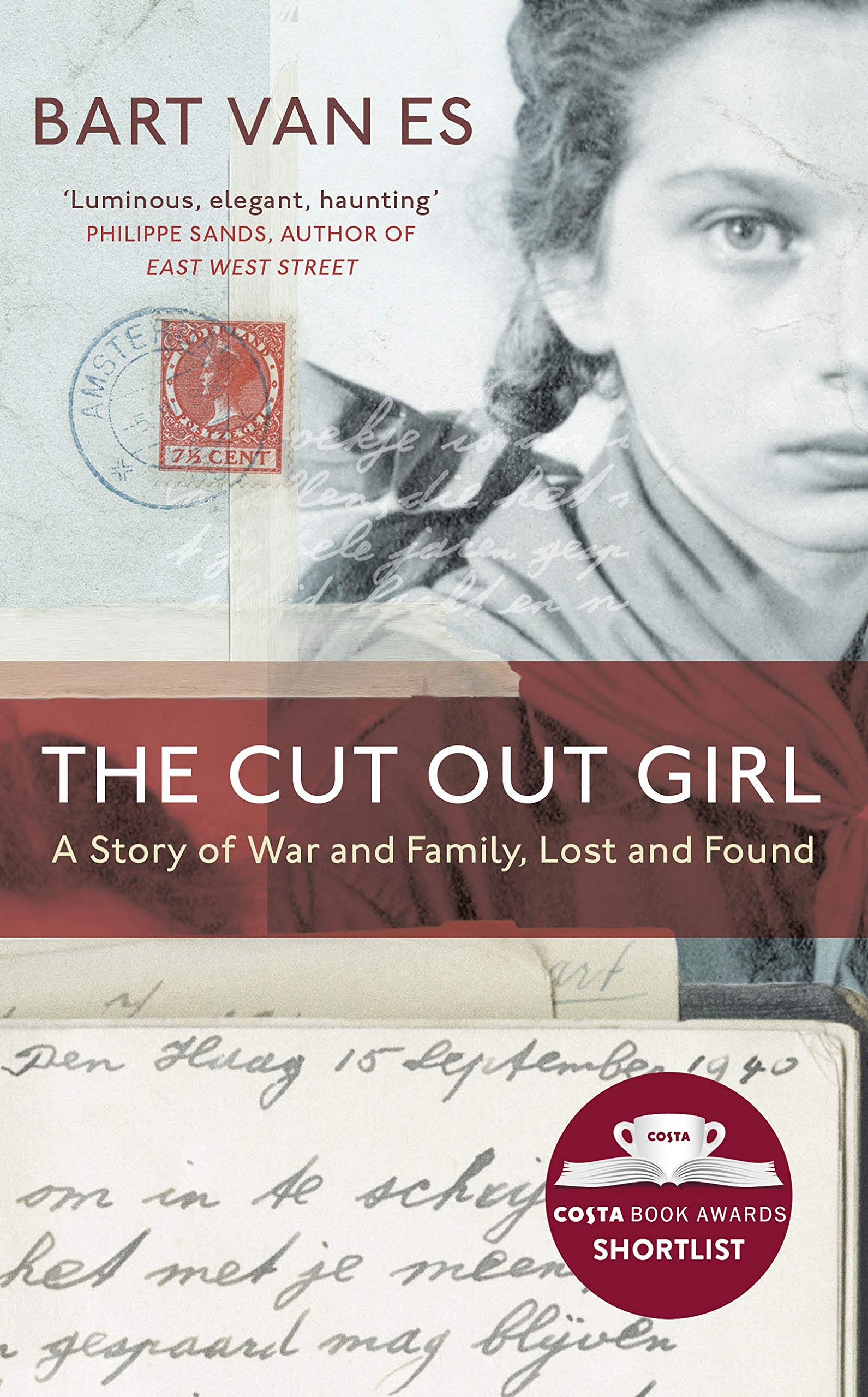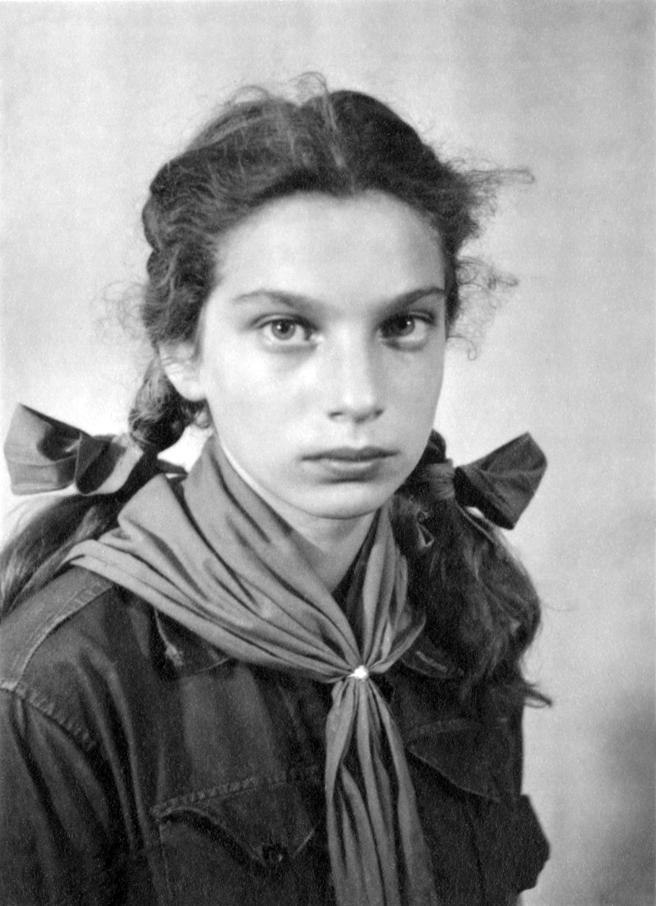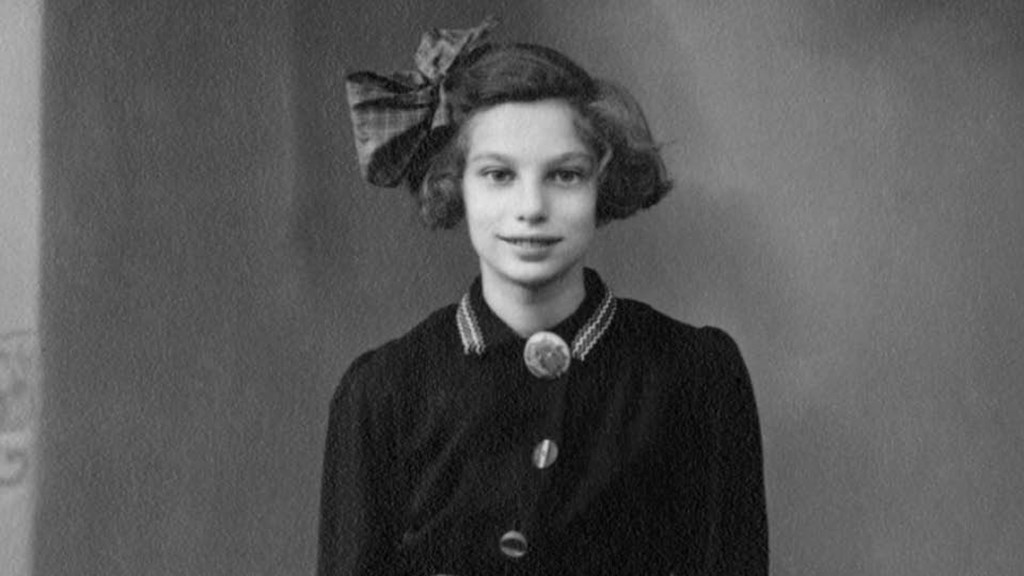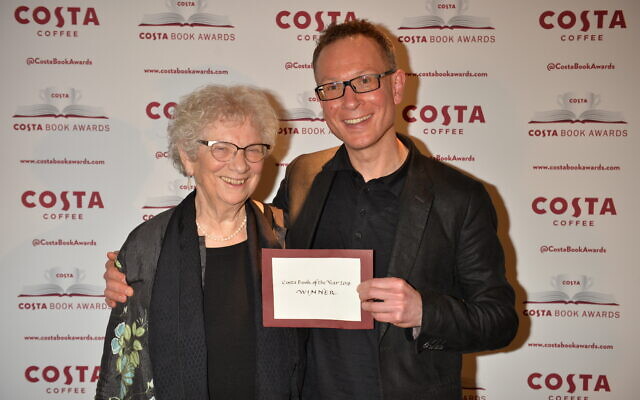Childhood loss and hope
It started as a memoir to unravel a family rift and ended up winning one of Britain’s most prestigious book awards. The AJN speaks to the author of The Cut Out Girl, Bart van Es.
BRITISH academic Bart van Es’s prize-winning book The Cut Out Girl healed a long and sad rift between an elderly Jewish woman, Lien de Jong, and the family who hid her from the Nazis when she was only eight years old.
Van Es, 47, is the grandson of the Dutch couple who first sheltered Lien in 1942 during the Nazi occupation of the Netherlands, and the book traces his quest to discover why she later became estranged from her foster family.
At the 2019 Costa Book Awards in London, The Cut Out Girl won the £30,000 book of the year award.
Van Es was born in the small Dutch town of Ede but left the Netherlands when he was four to live overseas, settling in the UK when he was 15. He had always known that his grandparents had sheltered Jewish children, but was unaware of the details and the reasons for the estrangement.

Six years ago van Es, who is professor of English literature at Oxford University, decided to research the missing links in his family history.
“When my Uncle Kees died in November 2014, I thought that if I don’t do it now the family story will be gone forever and this generation will die with it,” he told The AJN on the eve of his visit to Australia for speaking engagements at the Adelaide Writers Festival on February 29, the Sydney Writers Festival on March 2 and Melbourne Jewish Book Week on March 4.
“With the rise of extremism in the world, such as the Islamic State and fascism, it felt timely to write this book,” added van Es, who is not Jewish.
His grandparents, Han and Jans van Es, lived in the town of Dordrecht.
“They were early resistance people from before World War II rather than the main wave of resistance fighters who started around 1943,” explained van Es.

“My grandfather worked in an electrical motors factory. He was a trade unionist and part of a network of politically motivated people.”
During World War II they sheltered Lien and two Jewish boys, among the 6000 children hidden by foster families in the Netherlands during the Nazi occupation.
“I discovered that none of my family knew there were 150 Jews hidden in that small village during the war,” he said.
“They were incredibly brave to shelter Jews during the war because they risked being betrayed by Dutch police and locals to the Nazis. In fact, he was sent to a concentration camp and was beaten in a way that affected him for the rest of his life.”
In the late summer of 1942, young Lien was told by her mother Catherine: “You are going to stay somewhere else for a while”, and the next morning, after a kiss and a hug, was taken from The Hague to Dordrecht.

There she was handed over to the van Es family, with, unknown to her, a letter from her parents which read: “It is my wish that she will think only of you as her mother and father.”
At the van Es home, Lien found comfort and a family life, but it lasted only six months until a police raid forced Lien to flee to a neighbour.
From there the Dutch resistance moved her to the village of Bennekom, where she was sheltered by a man who treated her as a servant and raped her.
After the war Lien was left in limbo. Only two adults had survived from her extended family; another cousin who survived later committed suicide.
Her wish was to go back to the van Es family, where she felt safe, and after a first refusal, they agreed.
As a young adult, Lien went to Amsterdam to train as a social worker and joined the Jewish Student Society. She met Albert Gomes de Mesquita, an Orthodox Jew who had also survived the war in hiding with his parents.

They were married in 1959 in the historic Portuguese Synagogue in Amsterdam and raised their three children in a kosher home.
But Lien continued to be haunted with questions about her identity, was divorced, suffered a breakdown and attempted suicide which exacerbated her estrangement from her adoptive parents.
In December 2014 van Es decided to contact Lien – his mother, Dieuwke, had kept in touch with her by email.
“Lien agreed to a short meeting, a half-hour for a cup of coffee, but that turned out to be an amazing experience and we talked in her flat for the whole day,” said van Es.
“We quickly formed a powerful connection and she asked a lot of questions about my family and my writing.
“On that first day I was just scribbling notes, and heard the beginnings of her story and saw her mother’s letter to my grandmother.”
Van Es organised to return to the Netherlands for a month to record interviews with Lien.
“I would interview her all day, then spend time researching at archives and visiting places, and came back every couple of days and do more interviews. In the end I recorded about 30 hours of interviews.”
After spending more than two years writing The Cut Out Girl, it was published in Britain in July 2018.
Van Es said it received a lot of media attention in the first week after publication, but failed to get any newspaper reviews in British newspapers and magazines.
“It was gone within a week, and it was not until it was shortlisted for the Costa prize that it started being reviewed.”
Since winning the Costa book of the year award in January 2019 it has received widespread international publicity, book sales in the UK have exceeded 100,000 copies, it has been translated into 17 languages, and it is being considered for a movie.
In an ending befitting a Hollywood script, Lien recently found love again. In 2016 she was reunited with Jan van der Ham, a classmate at her Jewish primary school in The Hague from 1939 to 1941.
There’s a photo of them in class on their first day at school published in the book. Today Lien and Jan are enjoying life as a happy couple.


comments